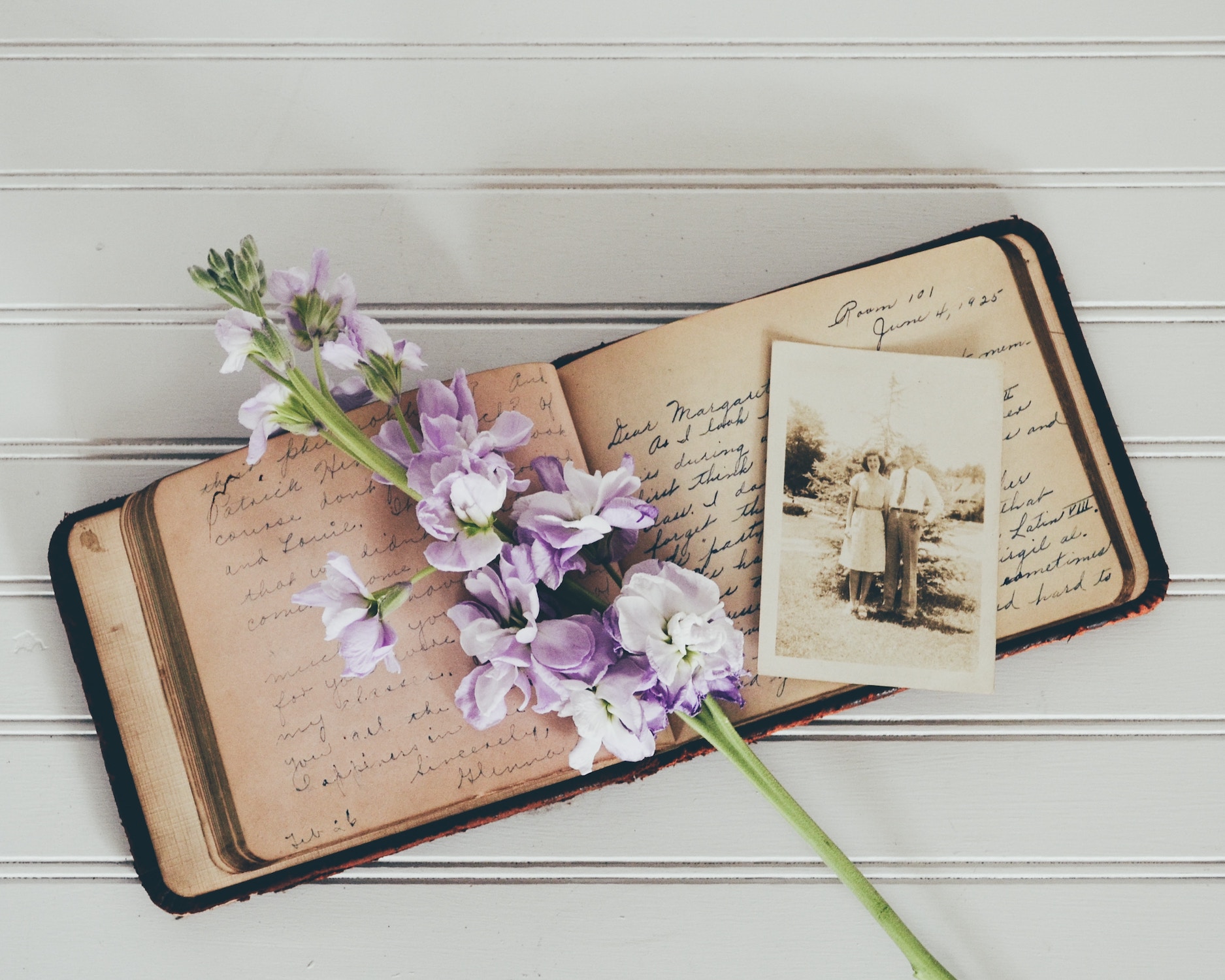Craft
Adjusting Your Pace: How to Get a Story to Move
A video-based fiction craft essay

As I read through a student story recently, I had the sensation that I was walking. It was a trudging sort of walk, one foot after the other; I was moving through scene after scene, each one skillfully written. But there was something that was a little flat in the story — all of the action and dialogue were weighted the same way. There was the sense that the narration was flat, always on one level, without pauses or breath or stillness. I stood up, suddenly, and I understood my response to the story — the scene didn’t have a nuanced sense of movement. When we read stories, we move along with them, our breath attending to the cadences of the sentences, the scenes, the shape of the action. My experience reading the many similar scenes felt like walking and walking in a straight line.
If scenes were breath, this is what the scenes in a story like this would feel like as you read them:
But a story with a varied pace, in which scenes have been shaped to highlight certain elements, does not feel like this as you read it. A story that is paced to emphasize a certain moment could look like this:
Or let’s look at a scene in terms of a phrase of movement. Here is a scene that is written so that all of the actions and dialogue are equally weighted:
Jane and Lisa are eating lunch at a café. Jane has ordered a cheese sandwich. Lisa has ordered a salad.
“This is a terrible sandwich,” said Jane, putting it down.
“Really? Why?” asked Lisa.
“The bread is kind of soggy,” said Jane.
A car drives into the front window of the restaurant. Glass shatters.
Jane and Lisa look up at the car.
“What just happened?” asks Jane.
“My salad is pretty bad, too,” said Lisa.
A man falls out of the door of the car. He is bloody. Jane gets up and helps him. He dies.
So if this story were translated into movement, it would be a straight line, like this:
The pacing of this scene lends equal weight to all of the actions. We don’t know what the author wants to highlight as important; we don’t know where to pause, what to invest in as a reader. The experience of reading is, in some ways, an experience of movement — you are swept along by the writer’s sentences, cadences, pauses, crescendos. So how do you slow down a scene, highlighting certain aspects and not others?
The experience of reading is, in some ways, an experience of movement — you are swept along by the writer’s sentences, cadences, pauses, crescendos.
Think of a scene as a phrase of movement. By slowing down and leaning into some moments, you help the reader pay attention to them — you lend them more importance. Watch this dancer’s phrase.
See what happens to the scene when you slow down, like this:
Jane and Lisa are eating lunch at a café. Jane has ordered a cheese sandwich. Lisa has ordered a salad.
“This is a terrible sandwich,” said Jane, putting it down.
“Really? Why?” asked Lisa.
“The bread is kind of soggy,” said Jane.
There is a thunderous crash at the front of the restaurant. Diners scream as a car drives into the front window of the restaurant; glass shatters, tables are upended, plates and forks and knives skid across the floor. Jane and Lisa jump up; a man falls out of the door of the car. His shirt is soaked with blood and he looks dazed. Jane dashes toward him and holds him as he closes his eyes.
In this scene, the pacing slows when the car crashes into the restaurant; this allows the reader to identify this as a moment of importance and it highlights and shapes the reading experience. Or another way to do it is this:
Jane and Lisa are eating lunch at a café. Jane has ordered a cheese sandwich. Lisa eats a salad.
“This is a terrible sandwich,” said Jane, putting it down.
“Really? Why?” asked Lisa.
“The bread is kind of soggy,” said Jane.
A car drives into the front window of the restaurant. Glass shatters.
Jane and Lisa look up at the car and continue eating.
“What just happened?” asks Jane.
“My salad is pretty bad, too,” said Lisa. She digs her fork into it. Jane leans over and contemplates Lisa’s salad. It actually looks delicious to her. The lettuce is green and lacy and a few tomatoes are scattered throughout the leaves, and the vinaigrette clings to the leaves like drops of rain.
“Let me try it,” said Jane.
Jane’s fork stabs the salad and she brings out a luscious dark red raspberry.
“Look at this,” she says.
They look eagerly into the salad while, around them, customers swarm around the car and a bloody man falls out of the door of the car.
Here the emphasis is a bit different; the narrative slows down and the salad, and the two women’s relation to it, and perhaps what it could represent, becomes the important element. In this case, what the author highlights reveals something about the characters and what they value, too.
Or what would happen if we really slowed down the action at the beginning and then sped it up.
Like this dancer:
When Jane and Lisa walked into the restaurant; they were meeting for the first time in years. It was the first time they had met since Jane moved across the country, and it was the first time Lisa had seen Jane since her divorce. When they entered the large, busy diner, they did not recognize each other for a moment, and walked through the roar of the crowd, wondering who each one had become. When they spotted each other, they stopped, walked quickly toward each other, and hugged, carefully.
They sat and each ordered. As they waited for their food, they regarded each other with interest.
“It’s been a long time,” said Jane.
Their food arrived and they began to eat it.
Here, when a writer uses exposition to set the scene, the pace is slower at the beginning, giving the reader the chance to look out, to draw a breath, to see what the landscape is in front of her. A beginning that is slower can give the reader context, can give us information on the characters, can set us firmly in a world.
Words reside on a page, but it can be helpful to remember: A scene is an arc of movement.
Words reside on a page, but it can be helpful to remember: A scene is an arc of movement. The reader moves with you through each sentence as the writer decides where each sentence reaches, stops, takes a breath. Sometimes the pace of the sentences is such that the sentences just need to walk, and sometimes they need to run and pause and reach. By exploring all of the possibilities for pacing within a story, for exploring all of the movement, pauses, and acceleration inherent in it, a story can be much more than walking in a straight line. You can explore the ways in which narrative can move and also the opportunities inherent in various levels of space. The narration unfolds the way a body moves. As you read a beautifully paced story, you sense in your own body, your own mind, the way the words can run, leap, and, sometimes, fly.
[Dancer is: Gina Kohler, Assistant Professor of Dance and Assistant Director of the MFA in Dance program at Hollins University. Video shot at Hollins University dance studio.]









